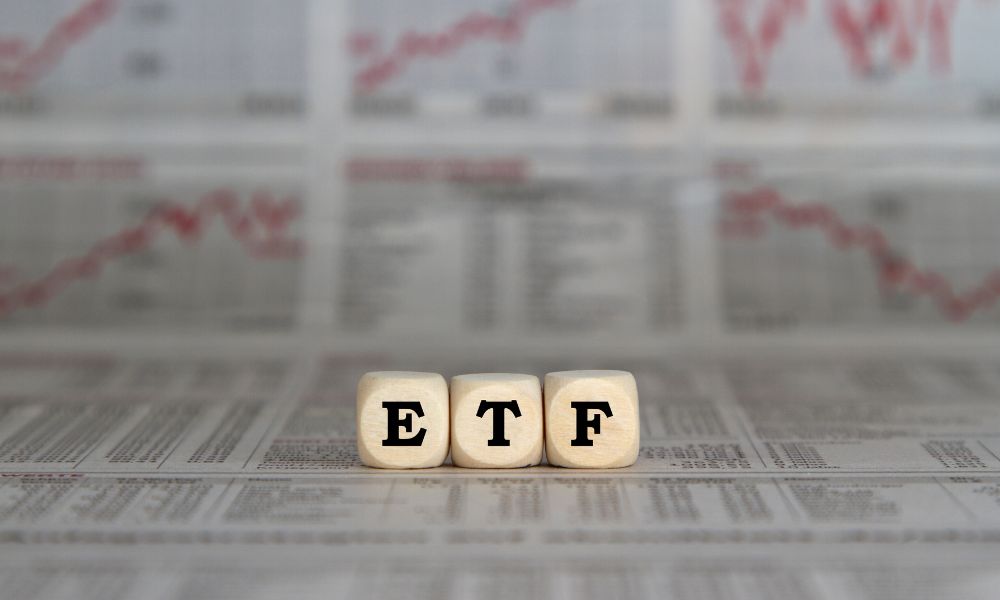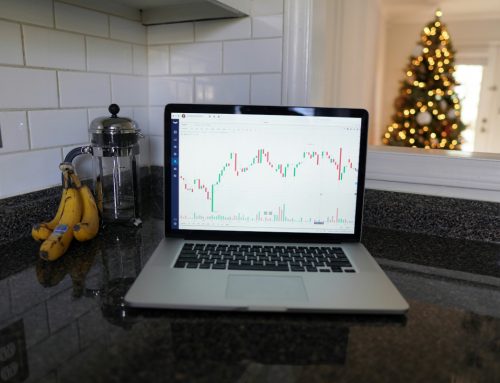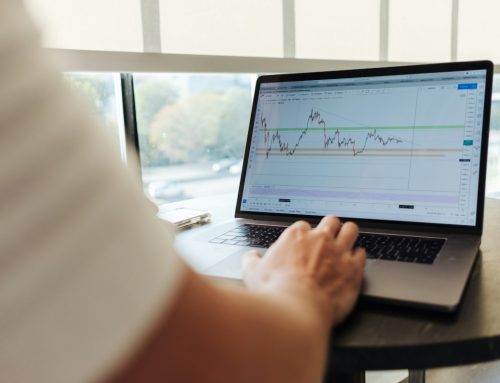by Leslie N. Masonson, MBA
Currently, out of the 3,278 ETFs available, just over 800 are actively managed, while the rest are passively managed. However, the assets under management (AUM) for the latter make up only 6% of all ETF assets. The availability of actively managed ETFs didn’t occur until a handful of them entered the market in 2008. Since then, their numbers have been steadily increasing each year, accounting for 70% of all new ETF launches in 2023 and 63% in the two preceding years. This trend began to gain momentum in 2018 when they made up 33.5% of all launches, and it has continued to rise every year since. As of July 2023, there have been 169 new active ETFs introduced to the market, compared to only 74 passive ETFs.
The primary concern with investing in either actively managed ETFs or mutual funds is the abysmal performance of active managers over extended time periods, such as 5, 10, and 20 years. According to the June 2023 SPIVA research study, 89.1% of active fund managers for all domestic mutual funds underperformed their benchmarks over 5 years, 90.1% over 10 years, and 93.1% over 20 years.
These results held true regardless of the fund type—small-cap, mid-cap, large-cap, growth, value, or multicap. This is why most investors have shifted toward passively managed ETFs and mutual funds. Why pay higher annual expense fees to active managers whose performance is lacking?
However, despite the poor track record of active managers, there has been a growing number of active ETFs entering the market in recent years, and this trend is expected to continue. It’s puzzling why this is happening when investors and sponsoring companies are well aware of the slim odds of active portfolio managers outperforming their benchmarks, even over multiple years. Smart investors should not be swayed by marketing hype.
Actively managed ETFs typically come with an expense ratio that is 0.25% to 0.50% higher than their passively managed counterparts. Moreover, they usually have lower daily trading volumes, higher bid-to-ask spreads, and significantly higher portfolio turnover, resulting in higher internal transaction costs.
Top 10 Actively Managed ETFs
Currently, according to ETFAction.com, there are 809 active ETFs with assets totaling $410.4 billion with an average expense ratio of 0.68%. The top 10 are as follows:
- JPMorgan Equity Premium Income ETF (JEPI) $29.1 billion
- JPMorgan Ultra-Short Income ETF (JPST) $22.8 billion
- Dimensional U.S. Core 2 ETF (DFAC) $20.9 billion
- PIMCO Enhanced Short Maturity Active ETF (MINT) $9.6 billion
- Dimensional US Marketwide Value ETF (DFUV) $8.6 billion
- Dimensional U.S. Targeted Value ETF (DFAF) $8.2 billion
- First Trust Enhanced Short Maturity ETF (FTSM) $7.4 billion
- Avantis U.S. Small Cap Value ETF (AVUV) $6.7 billion
- ARK Innovation ETF (ARKK) $6.7 billion
- Dimensional U.S. Equity ETF (DFUS) $6.6 billion
A common characteristic shared by this group of ETFs is the substantial assets under management (nearly $100 billion) held by JPMorgan and Dimensional Fund Advisors. Among these ETFs, four are focused on fixed income securities, while six are equity-based.
Fixed income is an area where active managers may occasionally gain an edge, but it's important to note that this advantage is not consistent from year to year, given the market's inherent volatility. A prime example is the recent price collapse from December 2021 to October 6, 2023, driven by rising interest rates. During this period, the TLT ETF saw a significant decline of 36%. Current holdings in fixed income securities can face substantial losses until this trend reverses, and the timing of such a reversal remains uncertain.
Most of the ETFs listed here boast daily trading volumes exceeding 500,000 shares, with a few exceeding three million shares per day. Notably, JEPI, JPST, and ARKK fall into the latter category. Investors and traders are likely familiar with ARKK and its high-profile CEO, Cathy Wood, as well as the roller-coaster ride it experienced, surging by 328% from March 2020 to February 2021 and then plummeting by 79.3%. Just five years ago, its assets under management stood at $15 billion, a stark contrast to its current $6.7 billion. This demonstrates the consequences of a hot ETF's underperformance and mismanagement of its portfolio.
It's worth noting that some well-known firms, such as Fidelity, Franklin, Invesco, Janus Henderson, Advisor Shares, and Vanguard, are notably absent from the list. This omission might suggest that they have recognized the challenges and uncertainties associated with this asset category. They may have decided that it's more prudent to avoid this space altogether, rather than investing time and resources, only to potentially shut down ETFs with minimal assets and poor performance.
Investors and traders interested in active ETFs can find more information on the sponsors' websites and then input the ETF tickers into VectorVest's "ETF Viewer" to view the current ratings and assess the trends. While the vast majority of actively managed ETFs may not offer compelling prospects, there are numerous passive ETFs with low expense ratios and strong performance that may better suit most investors. However, JEPI stands out with its impressive three-year market acceptance, amassing nearly $30 billion in assets under management and offering an attractive current 12-month trailing yield of 9.98% that may appeal to income-oriented investors.
Want These Types of Insights at Your Fingertips so You Can Win More Trades?
Use VectorVest to Analyze any stock free. VectorVest is the only stock analysis tool and portfolio management system that analyzes, ranks and graphs over 18,000 stocks each day for value, safety, and timing and gives a clear buy, sell or hold rating on every stock, every day.
Before you invest, check VectorVest! Click here to ANALYZE ANY STOCK FREE and see our system in action!










Leave A Comment